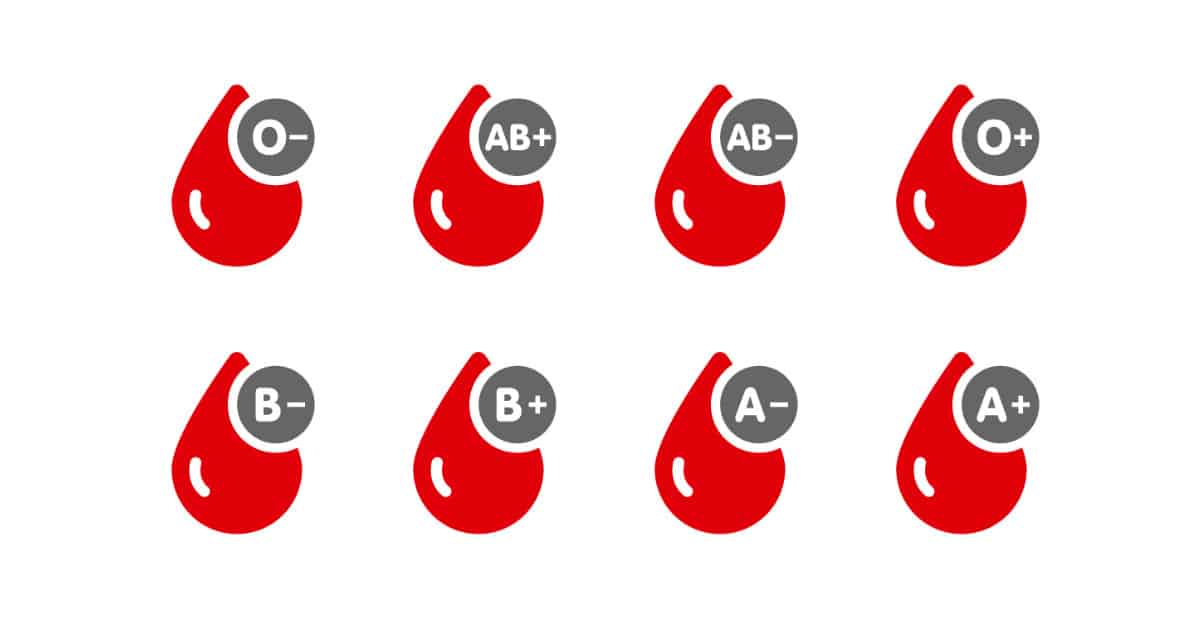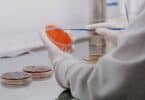Blood circulation:
The circulation of blood in the body is responsible for delivery of nutrients to each and every cell of the body. It also collects the waste and toxin materials from the cells to dispose off to appropriate systems. Blood constitutes of plasma, the watery part that absorbs all the nutrients and toxins, and the blood cells.
There are three major categories of cells circulating in the blood; these are the red blood cells that have hemoglobin to carry oxygen and carbon dioxide, white blood cells that form the immune system, and platelets that form clots and maintain hemostasis.
Blood types:
The antigens and antibodies circulating in the blood determine the blood type in an individual. This is important when a person is transfused blood. If a person has one type of blood, transfusing a different type of blood to that person may result in life-threatening reactions. They may need blood to replace their deficit that can be secondary to loss or to reduced production.
Antigens and antibodies:
The immune cells of the body recognize any protein molecule from outside the body that enters the circulation. The foreign protein molecule is called antigen. The immune cells fight against these antigens by producing another protein called antibody. These antibodies identify the antigens, stick to them, and produce reactions.
Blood Typing systems:
Blood type is passed down generation to generation. Red blood cells (RBCs) have antigens on their outer membranes. The blood typing systems distinguish the blood types by the presence or absence of these antigens on the RBCs.
If a certain antigen is present on the RBC, then that immune system will, by default, have the antibody against the other types of antigens.
A large number of systems have been developed to type blood; the two main widely used ones are:
- ABO system
- Rh system
ABO System:
The ABO system identifies four blood types, according to the presence or absence of the antigens A and B on the RBCs.
Blood group A: this blood type has A antigens on the RBCs, and anti-B antibodies in the plasma.
Blood group B: B antigens are present on the RBCs, and anti-A antibodies in the plasma.
Blood group AB: These RBCs have both A and B antigens, while there are no antibodies in the plasma.
Blood group O: The red cells in this group have no A or B antigens, and have both anti-A and anti-B antibodies in the blood. This is the most common blood type around the world.
When transfusing any patient, the antigen and antibody status both need to be considered. Transfusing different type of blood results in life-threatening reactions.
A person can only receive blood that has the same antigens as theirs or antigen-free blood. In addition, they need to have no cross-reacting antibodies.
For instance, a person with blood group A can only receive an A-type blood or O-type because of similar antigen and antibody status. Or a Group B patient can only receive a B-type blood or O-type.
The patient with O-type blood has antibodies to both A and B antigens, so they can only be give O-type blood. Conversely, a patient with AB-type blood can be given almost all types of blood because they already have all the antigens and don’t have any antibodies to recognize the foreign RBCs.
Rh System:
The Rh system adds on the identities of the blood type by the presence or absence of Rh antigens, or the Rhesus factor, on the RBCs. The RhD may be:
- Present or positive- RhD +
- Negative Or absent- RhD –
Similar to the ABO system, any person with the Rh antigen will not have antibodies against it because it is native to the body; likewise, if a person is RhD negative, then they will develop antibodies against it. And it is likely that they will react if the person RhD negative is given a positive blood.
The Rh factor has importance in pregnant mother and baby relationship. If the Rh factors in the mother and baby do not match, the antibodies to Rh factor in the either one can cause reactions in the other and can be life-threatening.
ABO and the RhD systems make the following blood types:
- A +
- A –
- B +
- B –
- AB +
- AB –
- O +
- O –
Those with blood type O-negative are universal RBC donors because the RBCs have no antigens.
The people with AB-positive blood type are universal recipients because their plasma contains no antibodies.
Blood group typing:
A blood sample is mixed with known antibody solutions in a series of tests to see if reactions or clumping occurs. This method types the blood and can be done with the to-be-transfused blood to check for reactions as well.
Conclusion
Blood types run in families. Antigens and antibodies in blood determine the blood types. Knowing the blood type prevents transfusion reactions Incompatible transfusions are life-threatening.
See Also









